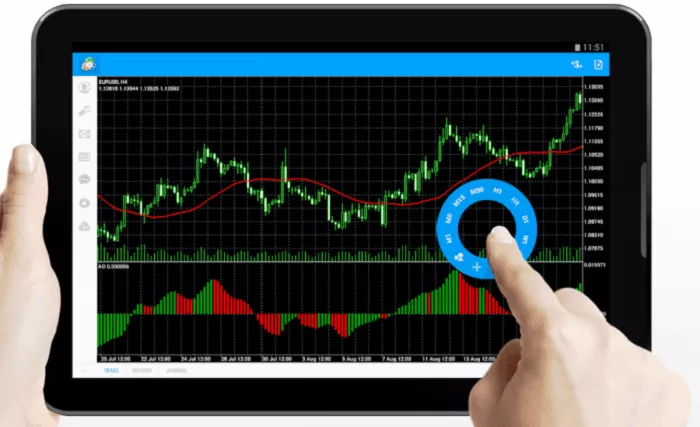I. Review of Basic Concepts in Foreign Exchange Trading
II. Definition and Essence of Spread Trading
III. Types of Spread Trading
(1) Spread Trading between Currency Pairs
(2) Spread Trading of the Same Currency Pair at Different Times
IV. Factors Affecting Spreads
(1) Market Liquidity
(2) Economic Data and Events
(3) Monetary Policy
(4) Trading Costs
V. Advantages and Risks of Spread Trading
(1) Advantages
Diverse Profit Opportunities: Different from traditional foreign exchange trading, which mainly depends on the rise and fall of currency prices, spread trading focuses on the changes in spreads. Even if the overall market trend is not obvious or the currency price fluctuations are small, as long as the spreads show predictable changes, traders have the opportunity to make profits. This provides traders with more profit-making channels, especially in a market with volatile conditions, the spread trading strategy may demonstrate unique advantages.
Relatively Controllable Risks: By conducting multiple transactions simultaneously (such as spread trading between currency pairs), risks can be hedged to a certain extent. For example, when conducting spread trading between EUR/USD and GBP/USD, even if the price trend of one currency pair is unfavorable to the trader, if the spread change of the other currency pair meets the expectations, it is still possible to achieve a profit. In addition, since the fluctuation range of spreads is relatively smaller than that of currency prices, traders can more easily determine stop-loss and take-profit levels, and the risks are relatively more controllable.
Suitable for Different Market Environments: Whether the market trend is obvious or volatile, spread trading may find suitable opportunities. In a trending market, traders can conduct transactions based on the changes in the spreads of different currency pairs during the development of the trend. In a volatile market, the repeated fluctuations of the market will cause frequent changes in spreads, which also provides rich trading opportunities for spread traders.
(2) Risks
Market Volatility Risk: Although spread trading has relatively more controllable risks compared to traditional trading, the severe fluctuations in the market can still have an adverse impact on spread trading. The release of important economic data, sudden political events, etc. may all lead to significant and instantaneous market fluctuations, causing the changes in spreads to exceed the expectations of traders. In such a situation, even if traders have adopted hedging strategies, they may still face significant losses.
Liquidity Risk: When market liquidity is insufficient, the spreads will expand, which may make it difficult for traders to conduct transactions at the expected prices. In addition, if trading is carried out in a market environment with poor liquidity, trading costs will also increase accordingly. Moreover, when extreme situations occur in the market and liquidity dries up, traders may not be able to close their positions in a timely manner, thus facing greater risks.
Trading Cost Risk: Spread trading usually requires frequent buying and selling operations, which will lead to the accumulation of trading costs. The spreads and handling fees charged by brokers will erode profits significantly as the number of transactions increases. If traders cannot reasonably control trading costs, even if the spread trading strategy itself is correct, they may ultimately be unable to achieve profits due to high trading costs.
Data and Analysis Risk: Spread trading requires traders to accurately analyze and judge market data, including economic data, market liquidity conditions, and the correlation between different currency pairs. If traders have deviations in the analysis of this data or fail to obtain the latest market information in a timely manner, they may make wrong trading decisions and suffer losses.
VI. Practical Strategies and Techniques for Spread Trading
(1) Combining Technical Analysis and Fundamental Analysis
(2) Reasonably Setting Stop-Loss and Take-Profit
(3) Diversifying Trades
(4) Paying Attention to Market Dynamics and News
VII. Conclusion


